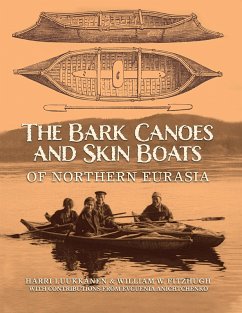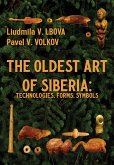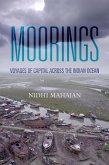The Eurasian peoples, responding to their geography, climate, and environment, learned to construct--and perfect--small watercraft made from dug-out logs or the bark of birch, aspen, larch, and other trees, each variety crafted for its special use and environment. The text describes the design, construction, and uses of skin and bark boats for thirty-five traditional cultures ranging from northern Scandinavia to the Russian Far East, from the Bering Strait to northern China, and from South Siberia to the Arctic Ocean. Regional chapters use evidence from archaeology, historical illustrations and maps, and extensive documentation from ethnography and historical literature to reveal how differences in cultural traditions, historical relationships, climate, and geography have influenced the development and spread of watercraft before the introduction of modern planked boats.
This definitive volume is richly illustrated with historical photographs and drawings, first-person explorer accounts from the 16th-19th centuries, and information on traditional bark and skin preparation, wood-bending, and other construction techniques. The Bark Canoes and Skin Boats of Northern Eurasia presents a first-ever overview of northern Eurasian boating traditions and serves as the companion to Charles Adney's and Howard Chapelle's classic, The Bark Canoes and Skin Boats of North America (1964).
Dieser Download kann aus rechtlichen Gründen nur mit Rechnungsadresse in A, B, BG, CY, CZ, D, DK, EW, E, FIN, F, GR, HR, H, IRL, I, LT, L, LR, M, NL, PL, P, R, S, SLO, SK ausgeliefert werden.









